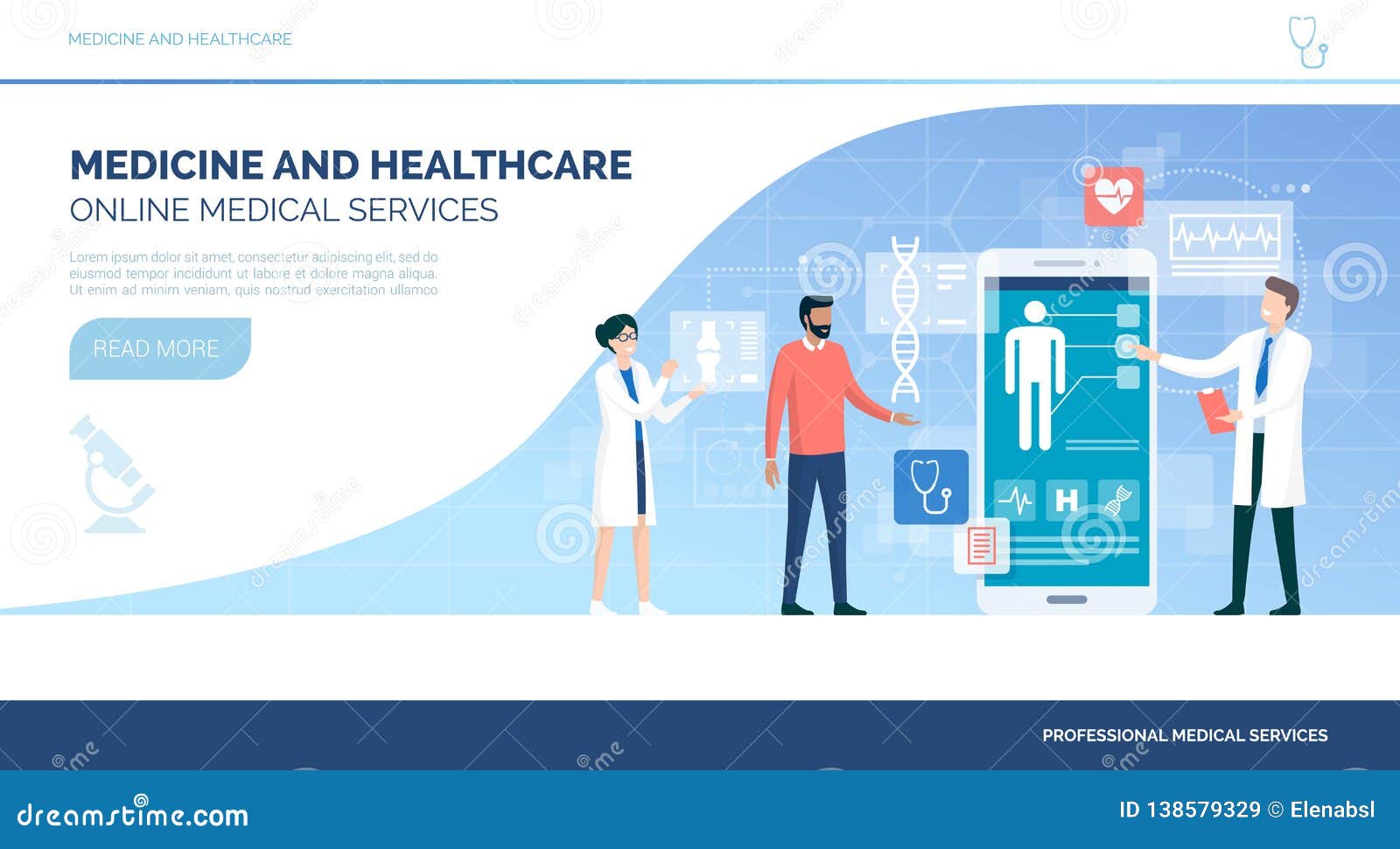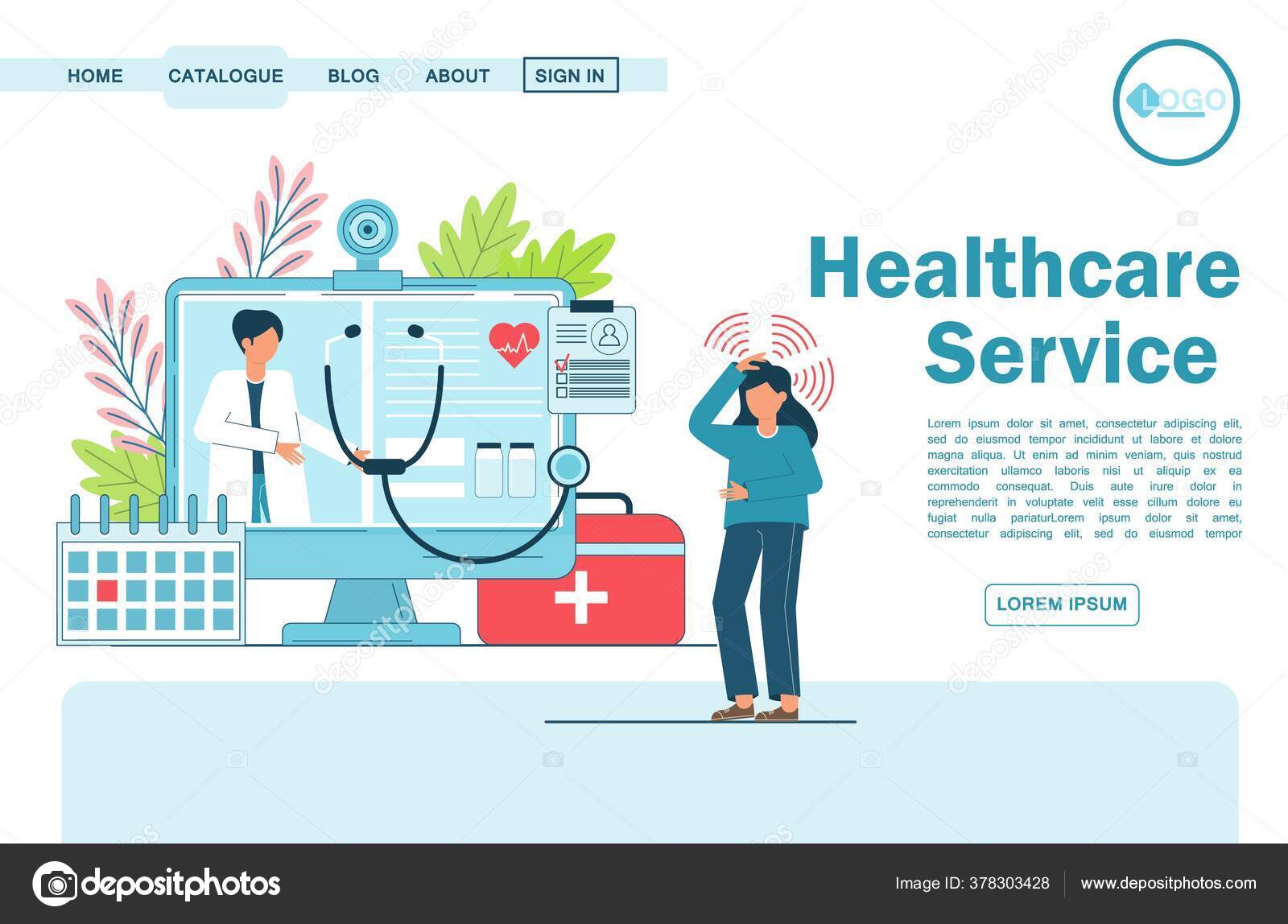The Future of Medication: Checking Out Subscription Based Healthcare Versions
The Future of Medication: Checking Out Subscription Based Healthcare Versions
Blog Article
Understanding the Cost-Effectiveness of Subscription-Based Healthcare Versions
As the health care landscape advances, subscription-based versions become a compelling alternative, promising to redefine exactly how individuals take care of medical expenses. Evaluating these models' cost-effectiveness necessitates a nuanced contrast with standard insurance coverage, thinking about both monetary implications and person fulfillment. While they provide transparency and predictability in prices, concerns remain regarding their capacity to satisfy diverse healthcare needs, specifically for specialized therapies. The perspectives of doctor even more complicate this equation, offering a multifaceted challenge. What does the future hold for these versions, and can they truly provide on their promise of accessible, budget-friendly treatment?
Review of Subscription-Based Models
Subscription-based healthcare designs, occasionally described as straight main treatment or concierge medicine, are increasingly gaining focus as a prospective service to ineffectiveness within typical healthcare systems. These versions operate on the principle of offering clients straight accessibility to doctor with a annual or monthly charge, bypassing the requirement for conventional insurance devices. This setup intends to streamline patient-provider interactions by minimizing management problems, which often prevent timely and personalized treatment.
At the core of subscription-based designs is the emphasis on an extra tailored client experience. Patients gain from boosted accessibility to their doctors, often including same-day or next-day appointments, extended examination times, and direct communication networks such as phone or video clip calls. This design cultivates a positive strategy to medical care, where patients and service providers can collaboratively focus on preventative treatment and chronic disease monitoring.

Cost Comparison With Conventional Insurance

One of the key economic benefits of membership models is openness in costs. Conversely, typical insurance policy may be more beneficial for people calling for specialized care or costly therapies not covered under a registration design, as they profit from the more comprehensive insurance coverage network and cost-sharing mechanisms.
Nevertheless, cost-effectiveness is context-dependent. While membership designs may provide cost savings for those mainly needing medical care, individuals with persistent problems or specialized healthcare needs could discover standard insurance coverage extra extensive. Consequently, examining specific healthcare demands and possible use is important in establishing one of the most cost-efficient option for individuals.
Impact on Individual Satisfaction
Client complete satisfaction within subscription-based medical care models often reflects a considerable improvement over conventional insurance policy check out this site systems. Unlike standard systems, where individuals might experience delays in getting care, subscription-based designs guarantee more straight and timely communications with medical care providers.
Additionally, the openness in expenses connected with subscription-based health care alleviates the common irritations connected to unforeseen charges and complicated payment procedures seen in standard insurance (subscription based healthcare). People appreciate understanding the precise monetary dedication upfront, resulting in increased trust fund and self-confidence in their medical care management
Furthermore, the focus on precautionary treatment and health in registration models adds to boosted wellness outcomes, further improving patient fulfillment. By concentrating on continuous health and wellness maintenance as opposed to episodic care, clients experience an even more continuous and all natural healthcare trip.
Additionally, the improved provider-patient relationship fostered in these versions, characterized by even more time spent per client and customized attention, plays a crucial function in boosting person contentment degrees, as clients feel truly cared for and comprehended.
copyright Point Of Views and Experiences
From the copyright's point of view, subscription-based medical care models offer a transformative technique to delivering medical services. These models stress a aggressive and preventative health care technique, enabling service providers to concentrate on comprehensive patient treatment without the restrictions of standard fee-for-service plans (subscription based healthcare). This change in emphasis commonly leads to boosted individual results and enhanced company fulfillment, as healthcare professionals can assign even more time and sources to individual involvement and individualized care strategies
Moreover, subscription versions promote predictable revenue streams, which boost financial security for medical care providers. This predictability enables for boosted resource planning and allotment, adding to an extra reliable healthcare delivery system. Carriers can spend in team training, infrastructure, and innovation improvements, thus improving the quality of treatment used.
Nevertheless, the shift to subscription-based models is not without difficulties. Providers have to adjust to new functional frameworks, which can involve significant changes in billing methods and individual monitoring systems. In addition, there is a fundamental demand for robust data management to track patient results and guarantee quality care. Regardless of these hurdles, several companies discover that the advantages of raised client communication and streamlined operations surpass the first challenges, making subscription-based designs an eye-catching alternative.
Future Leads and Obstacles

A primary obstacle is governing conformity, as membership versions have to stick to developing medical care plans and insurance coverage needs. This necessitates continuous adaptation and technology to ensure positioning with legal requirements. In addition, incorporating these versions right into existing healthcare facilities can be intricate, requiring significant financial investments in technology and training.
There is also the possible danger of creating inequities in health care access, as registration designs published here may favor those that can afford them, leaving susceptible populations underserved. Addressing this requires thoughtful factor to consider of rates approaches and subsidy systems to make certain inclusivity.
Conclusion
Subscription-based healthcare models present a practical choice to typical insurance by offering financial predictability and transparency, specifically profiting individuals with chronic conditions or regular health care requirements. The cost-effectiveness of these models rests upon visit this site right here private medical care usage patterns and circumstances. While they may boost individual fulfillment and improve budgeting, challenges stay in dealing with specialized treatment demands. Future considerations include stabilizing comprehensive protection with affordability and integrating these designs within the wider medical care system for ideal outcomes.
Subscription-based healthcare models, sometimes referred to as direct primary care or concierge medicine, are progressively obtaining interest as a possible remedy to inadequacies within standard health care systems. Unlike typical systems, where individuals could experience hold-ups in getting care, subscription-based models guarantee even more direct and prompt interactions with healthcare service providers.
These versions highlight a preventative and positive healthcare technique, enabling carriers to concentrate on thorough patient treatment without the restrictions of standard fee-for-service setups. As these models proceed to get traction, they use the potential to revolutionize client accessibility to care, enhance service shipment, and optimize medical care costs.Subscription-based healthcare models provide a practical alternative to typical insurance by supplying economic predictability and transparency, particularly benefiting people with chronic conditions or regular health care demands.
Report this page